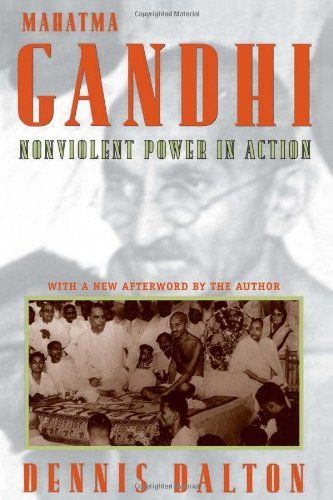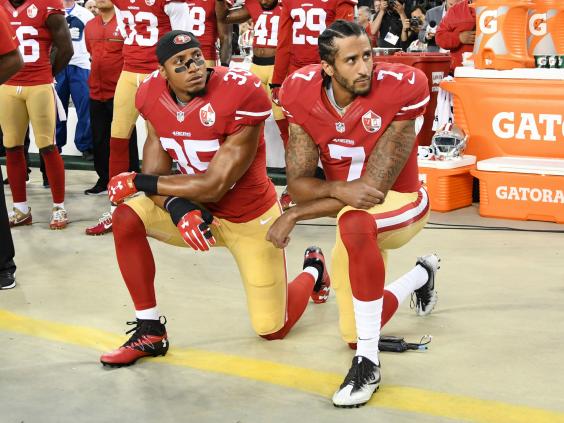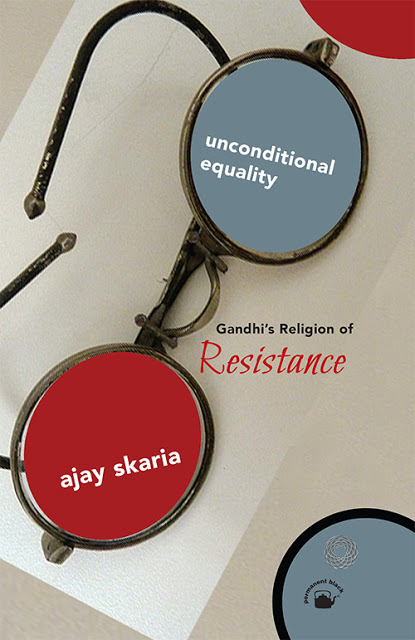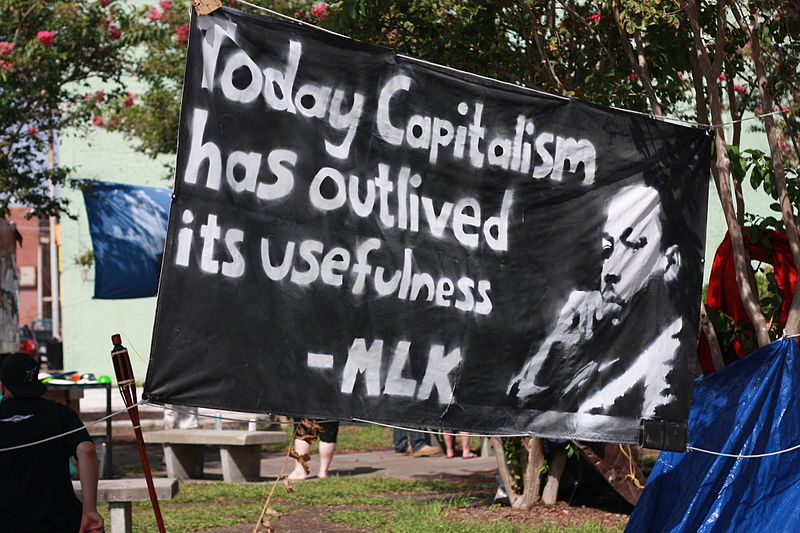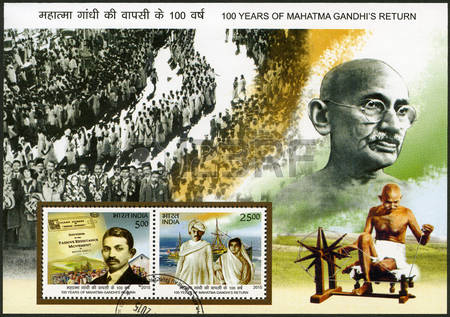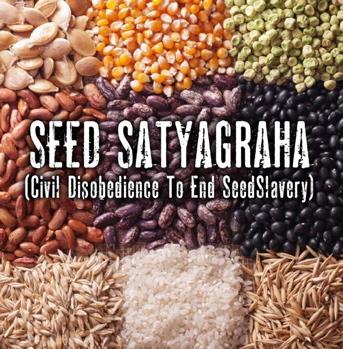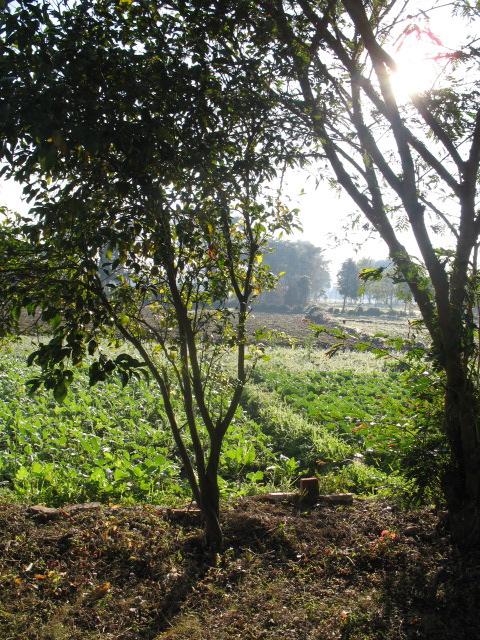Book Review: Vandana Shiva’s Who Really Feeds the World?
by Tallessyn Z. Grenfell-Lee
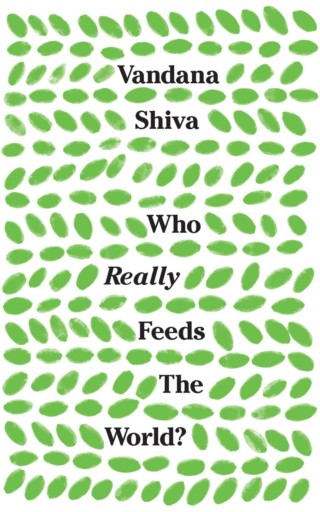
Book cover art courtesy zedbooks.net
Humanity will always have a few basic needs: clothing, shelter, food. In the early 1900s, Gandhi saw clearly how imperialist colonialism had hijacked India’s sovereignty along with its ability to clothe itself, and he inspired a nation to reclaim the right to spin its own cloth. The people embraced homespun khadi and the spinning wheel, not only for their practical utility in reestablishing the independent foundation for a local economy, but for their deep symbolic significance in resisting the oppressive forces of racism, sexism, and classism perpetuated by imperialistic greed.
In her book Who Really Feeds the World (London: Zed Books, 2016) Vandana Shiva describes how India is again reclaiming another of humanity’s elemental needs from equally rapacious forces: the ability and right for a community to feed itself. This time, the symbol of communal empowerment is the humble seed, and Shiva’s Navdanya movement urges all Indians – and all peoples – to plant diverse seeds on every plot and balcony as a way to resist and reclaim food and seed sovereignty. Navdanya follows in the footsteps of Gandhi, employing Seed Satyagraha, or non-cooperation, to resist laws and policies that would allow large, trans-national corporations not only to convert local farms to industrialized, chemical-intensive practices, but also to outlaw ancient practices such as seed saving and sharing.


